Home>Technology>Security & Surveillance>How To Change Code On Yale Smart Lock
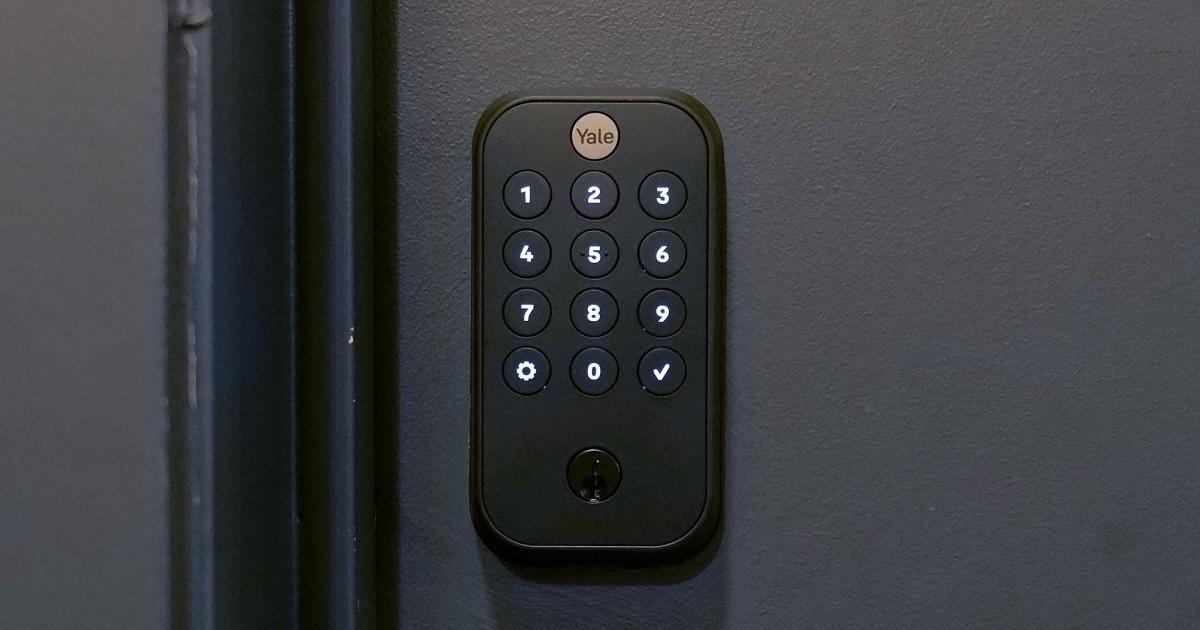

Security & Surveillance
How To Change Code On Yale Smart Lock
Modified: January 4, 2024
Learn how to change the code on your Yale smart lock for enhanced security and surveillance. Follow our step-by-step guide for easy code updates. Unlock peace of mind today!
(Many of the links in this article redirect to a specific reviewed product. Your purchase of these products through affiliate links helps to generate commission for Storables.com, at no extra cost. Learn more)
Introduction
Welcome to the era of smart home technology, where convenience and security seamlessly intertwine. One of the standout innovations in this realm is the Yale Smart Lock, a cutting-edge device that offers advanced features to safeguard your home while simplifying access for authorized individuals. In this article, we will delve into the process of changing the code on the Yale Smart Lock, empowering you to customize and enhance the security of your living space.
As we embark on this journey, it’s important to recognize the significance of maintaining a secure and reliable entry system. Whether you’re a homeowner seeking to bolster your property’s defenses or a tenant looking to personalize access codes, understanding the intricacies of the Yale Smart Lock is essential.
By the end of this guide, you will possess the knowledge and confidence to modify the access code on your Yale Smart Lock, ensuring that your home remains a safe haven for you and your loved ones. So, let’s dive into the world of smart security and unlock the potential of your Yale Smart Lock.
Key Takeaways:
- Changing the code on your Yale Smart Lock is like giving your home a secret password. It’s important to prepare, follow the steps carefully, and test the new code to make sure it works for your family and friends.
- If you have trouble changing the code, don’t worry! You can clean the lock, check the batteries, and ask for help from the company. With patience and persistence, you can make sure your home stays safe and secure.
Read more: How To Change Batteries In Yale Smart Lock
Understanding the Yale Smart Lock
Before delving into the process of changing the code on the Yale Smart Lock, it’s crucial to grasp the fundamental workings of this innovative device. The Yale Smart Lock represents a paradigm shift in home security, offering a seamless blend of traditional locking mechanisms with cutting-edge digital technology.
At its core, the Yale Smart Lock replaces the conventional key-operated lock with a keypad and electronic components, providing a keyless entry system for your home. This not only eliminates the need for physical keys but also enables you to create and manage unique access codes for family members, guests, and service providers.
Furthermore, the Yale Smart Lock is designed to integrate with smart home ecosystems, allowing for remote access and control via smartphone applications. This means that you can monitor and manage your lock from anywhere, enhancing convenience and peace of mind.
Security lies at the heart of the Yale Smart Lock’s design, with robust encryption protocols and tamper-resistant features safeguarding against unauthorized access. Additionally, the lock is engineered to withstand physical tampering and weather elements, ensuring reliable performance in diverse environments.
Understanding the intuitive interface and functionality of the Yale Smart Lock is pivotal in harnessing its full potential. By familiarizing yourself with its features and capabilities, you can leverage this advanced security solution to fortify your home while streamlining access for authorized individuals.
Now that we’ve gained insight into the Yale Smart Lock’s design and capabilities, let’s prepare to embark on the process of changing the access code, empowering you to customize and optimize the security of your living space.
Preparing to Change the Code
Before initiating the process of changing the code on your Yale Smart Lock, it’s essential to undertake a few preparatory steps to ensure a smooth and successful transition. By taking the time to prepare adequately, you can minimize potential issues and streamline the code-changing process.
First and foremost, familiarize yourself with the user manual or online resources provided by Yale for your specific model of smart lock. Understanding the manufacturer’s guidelines and recommendations will provide valuable insights into the code-changing procedure, along with any model-specific nuances that may influence the process.
Next, ensure that your Yale Smart Lock is functioning optimally and has an adequate power supply. If the lock operates on batteries, verify that they are sufficiently charged or consider replacing them to prevent any interruptions during the code-changing process.
It’s also prudent to review the existing access codes programmed into the lock, especially if multiple codes are in use. Take note of any codes that are currently active and the individuals to whom they have been assigned. This step will help you manage the transition smoothly and ensure that authorized users retain access to the premises.
Furthermore, identify a secure and distraction-free environment in which to perform the code-changing process. Minimizing external disruptions and maintaining focus during this task is crucial to preventing errors and ensuring the security of the new access code.
If your Yale Smart Lock is integrated with a smart home platform or mobile application, ensure that the associated devices are operational and that you have the necessary permissions and access rights to modify the lock’s settings. This may involve logging into the relevant application and verifying your credentials to authenticate your identity.
By taking these preparatory measures, you can approach the code-changing process with confidence and a clear understanding of the necessary prerequisites. With these considerations in place, you are now ready to embark on the next phase: changing the code on your Yale Smart Lock.
Changing the Code on the Yale Smart Lock
Now that you’ve prepared for the code-changing process, it’s time to delve into the steps involved in modifying the access code on your Yale Smart Lock. This procedure empowers you to customize and fortify the security of your home, ensuring that authorized individuals can access the premises while maintaining the integrity of your unique access code.
Begin by locating the control interface or keypad on your Yale Smart Lock. Depending on the model, this may be a touchpad or a physical keypad with illuminated buttons. Ensure that the keypad is responsive and in working condition before proceeding with the code-changing process.
To initiate the code change, you will typically need to access the lock’s programming or settings menu. This may involve entering a master code or utilizing a specific sequence of button presses to access the administrative functions of the lock. Refer to the user manual or manufacturer’s guidelines for precise instructions tailored to your lock model.
Once you have accessed the programming interface, follow the prompts or commands to select the option for changing or modifying access codes. You may be prompted to enter the existing master code or a designated administrative code to authenticate your authorization to make changes to the lock’s settings.
Subsequently, input the new access code that you wish to assign to the lock. Depending on the model, you may be required to adhere to specific criteria for the code, such as a minimum length or a combination of numeric and/or alphanumeric characters. Take care to select a code that is memorable for authorized users but sufficiently complex to deter unauthorized entry.
After inputting the new code, follow the on-screen or keypad prompts to confirm and save the changes. Some locks may require you to re-enter the new code as a verification step to ensure accuracy. Once the new code is successfully programmed, the lock will register and store it as an authorized access credential.
Finally, exit the programming or settings menu according to the lock’s instructions, ensuring that the changes are saved and the lock returns to its standard operational mode. Test the new access code to verify that it activates the lock mechanism and grants entry as intended.
By following these steps, you can seamlessly change the access code on your Yale Smart Lock, reinforcing the security of your home and streamlining access for authorized individuals. With the new code in place, you are now poised to test its functionality and ensure a successful transition to the updated access credential.
To change the code on a Yale Smart Lock, first, enter the current code. Then, press the gear button, enter the master code, press 7, and enter the new code twice.
Testing the New Code
With the new access code successfully programmed into your Yale Smart Lock, it’s imperative to conduct thorough testing to ensure that the code functions as intended and grants seamless entry to authorized individuals. Testing the new code serves as a critical validation step, allowing you to confirm its efficacy and identify any potential issues before relying on it for everyday access.
To begin the testing phase, gather the individuals who have been assigned the new access code, ensuring that they are present and available to participate in the validation process. This may include family members, trusted associates, or service providers who require access to the premises.
First, instruct the individuals to input the new access code into the Yale Smart Lock’s keypad, simulating real-world usage scenarios. Encourage them to familiarize themselves with the location and operation of the keypad, ensuring that they can confidently enter the code when accessing the premises.
Observe the lock’s response to the inputted code, verifying that it activates the lock mechanism and grants entry as expected. Pay close attention to any visual or auditory indicators provided by the lock, such as illuminated keypads, audible feedback, or status LEDs, to confirm that the code input has been recognized and authenticated.
Encourage the individuals to test the new access code multiple times to assess its consistency and reliability. This iterative approach helps uncover any potential issues, such as input errors or keypad malfunctions, that may impact the code’s effectiveness in real-world usage scenarios.
During the testing process, emphasize the importance of maintaining the confidentiality of the new access code. Remind the authorized individuals that the code should be safeguarded and not shared with unauthorized parties to preserve the security of the premises.
If the testing reveals any discrepancies or issues with the new access code, document the observed behaviors and promptly address them to rectify the situation. This may involve reprogramming the code, inspecting the lock for any technical malfunctions, or seeking assistance from the manufacturer’s support resources.
Upon successful completion of the testing phase and confirmation of the new access code’s reliability, you can proceed with confidence, knowing that the security of your home is bolstered by a dependable and customized access credential. The thorough testing process ensures that the new code aligns with your security objectives and provides reliable access for authorized individuals.
With the new access code validated through rigorous testing, you can rest assured that your Yale Smart Lock is equipped to safeguard your home while accommodating the access needs of trusted individuals.
Read more: How To Change Code On Yale Door Lock
Troubleshooting
While changing the code on your Yale Smart Lock is typically a straightforward process, encountering occasional challenges or unexpected behaviors may arise. In such instances, employing effective troubleshooting techniques can help identify and resolve issues, ensuring that the lock operates reliably and maintains the security of your premises.
If you encounter difficulties during the code-changing process, such as the lock failing to register the new code or displaying error messages, it’s essential to remain calm and methodical in your approach to troubleshooting. By systematically addressing potential issues, you can swiftly restore the lock’s functionality and secure access to your home.
Begin by reviewing the user manual or online resources provided by Yale for troubleshooting guidance specific to your smart lock model. Manufacturers often offer comprehensive troubleshooting instructions tailored to common issues, empowering users to address challenges effectively.
Ensure that the lock’s power source, whether batteries or a wired connection, is functioning optimally. If the lock operates on batteries, verify that they are adequately charged or replace them with fresh batteries to eliminate power-related issues that may impede the code-changing process.
If the lock’s keypad is unresponsive or exhibits erratic behavior during code input, inspect the keypad for any physical obstructions, debris, or signs of wear that may hinder its operation. Gently clean the keypad surface and buttons, ensuring that they are free from dirt or residue that could impair functionality.
Verify that the programming sequence for changing the access code is executed accurately, following the precise steps outlined in the user manual. Pay close attention to any specific timing requirements or button sequences, as deviations from the prescribed procedure may result in programming errors.
If the lock displays error messages or indicators during the code-changing process, take note of the specific messages or visual cues presented by the lock. Refer to the user manual or manufacturer’s resources to interpret these indicators and identify the underlying causes of the issues.
In the event of persistent issues or unresolved challenges, consider reaching out to Yale’s customer support or technical assistance channels for expert guidance. The manufacturer’s support resources can provide tailored troubleshooting advice and solutions to address complex or uncommon issues that may arise during the code-changing process.
By diligently applying these troubleshooting strategies and leveraging the resources provided by Yale, you can navigate potential obstacles with confidence, ensuring that the code-changing process is completed successfully and the security of your home is maintained at its optimal level.
With a proactive and systematic approach to troubleshooting, you can swiftly address any challenges that may arise during the code-changing process, ensuring that your Yale Smart Lock operates reliably and fortifies the security of your living space.
Conclusion
Congratulations! You’ve successfully navigated the process of changing the access code on your Yale Smart Lock, empowering you to customize and fortify the security of your home with a personalized access credential. By embracing the capabilities of this advanced smart lock, you’ve taken a proactive step toward enhancing the safety and convenience of your living space.
Throughout this journey, we’ve delved into the intricacies of the Yale Smart Lock, gaining a deeper understanding of its innovative design, robust security features, and seamless integration with modern smart home ecosystems. This knowledge has equipped you to leverage the full potential of the Yale Smart Lock, ensuring that it serves as a stalwart guardian of your home’s security.
By preparing diligently and following the systematic steps to change the access code, you’ve demonstrated a commitment to safeguarding your premises while streamlining access for trusted individuals. Your proactive approach to security exemplifies a dedication to creating a safe and welcoming environment for yourself, your family, and those you entrust with access to your home.
Through thorough testing and troubleshooting, you’ve validated the reliability of the new access code and addressed any potential challenges that may have surfaced during the code-changing process. This meticulous approach ensures that your Yale Smart Lock operates seamlessly, providing secure and convenient access to authorized individuals while maintaining the integrity of your home’s defenses.
As you continue to explore the possibilities of smart home security, remember that the Yale Smart Lock represents a cornerstone of your home’s protective measures. Its fusion of traditional security elements with cutting-edge digital technology reflects a commitment to innovation, convenience, and peace of mind.
With the access code successfully changed and the security of your home fortified, take pride in knowing that you’ve embraced the transformative potential of smart security solutions. Your proactive approach to customizing and optimizing the Yale Smart Lock underscores a dedication to creating a safe and empowering living environment for yourself and those you hold dear.
As you embark on this new chapter of enhanced security and convenience, rest assured that the Yale Smart Lock stands as a stalwart guardian, protecting your home and ensuring that authorized access is seamlessly facilitated. Embrace the peace of mind that comes with knowing your home is fortified by the advanced capabilities of the Yale Smart Lock, and continue to explore the ever-evolving landscape of smart home security with confidence and enthusiasm.
Frequently Asked Questions about How To Change Code On Yale Smart Lock
Was this page helpful?
At Storables.com, we guarantee accurate and reliable information. Our content, validated by Expert Board Contributors, is crafted following stringent Editorial Policies. We're committed to providing you with well-researched, expert-backed insights for all your informational needs.
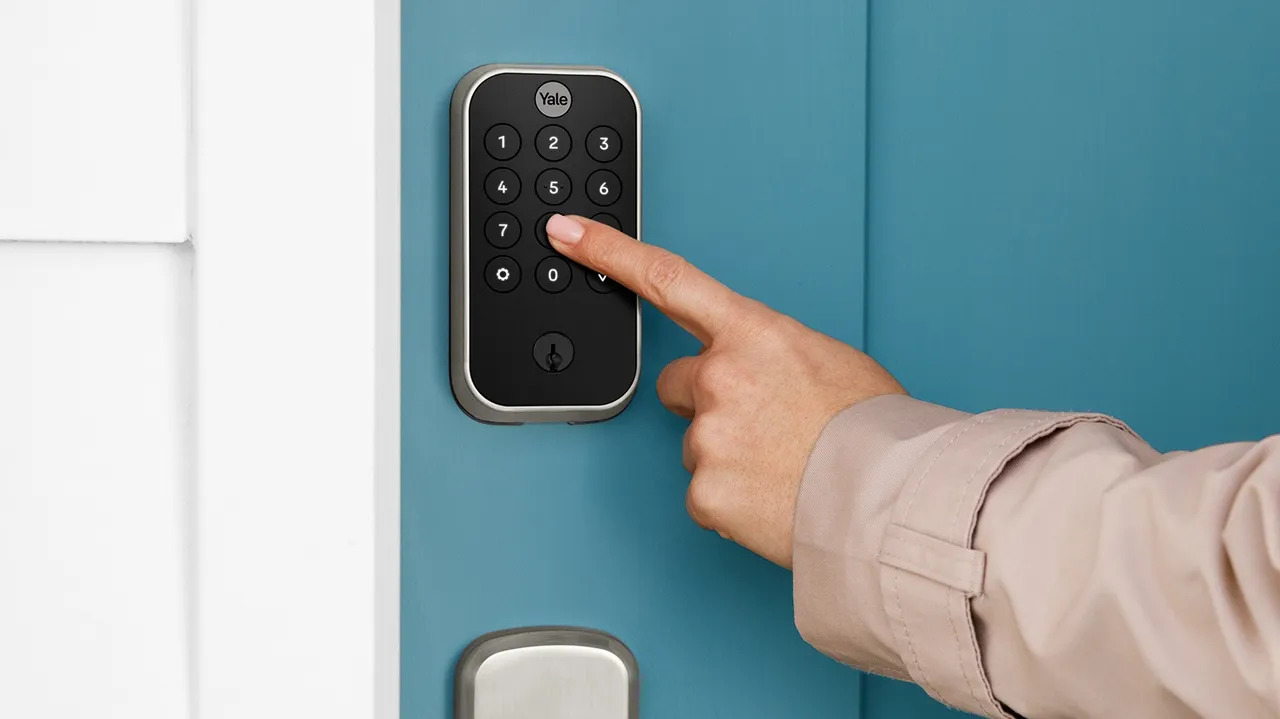
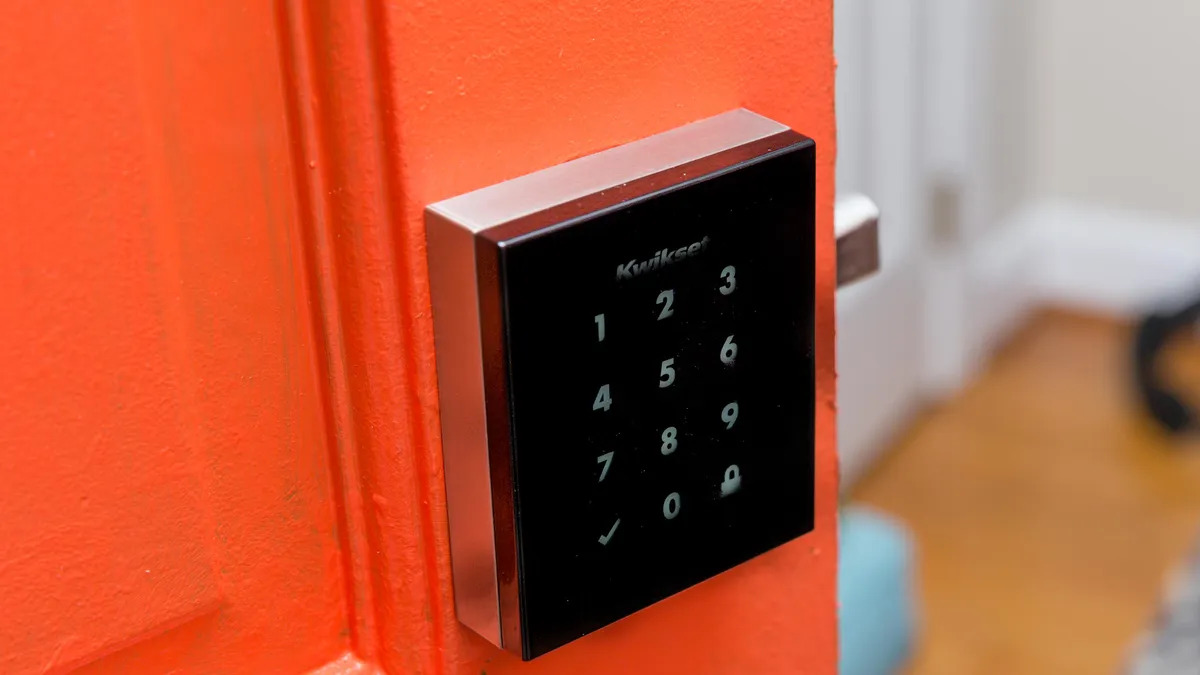
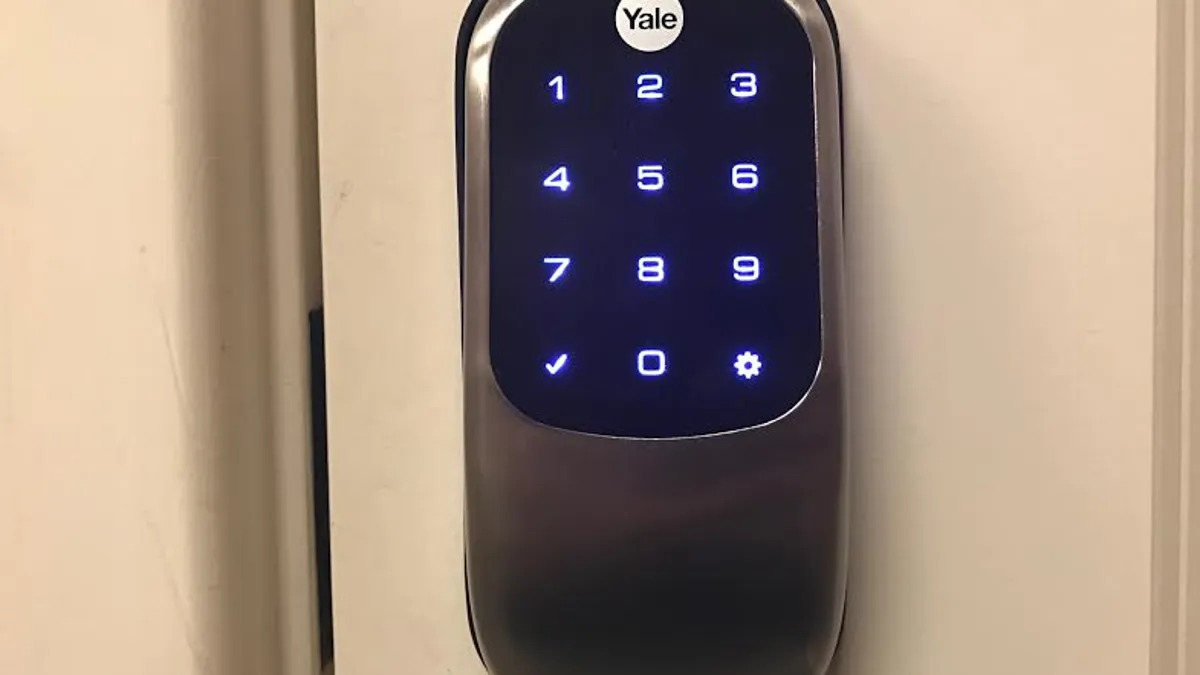
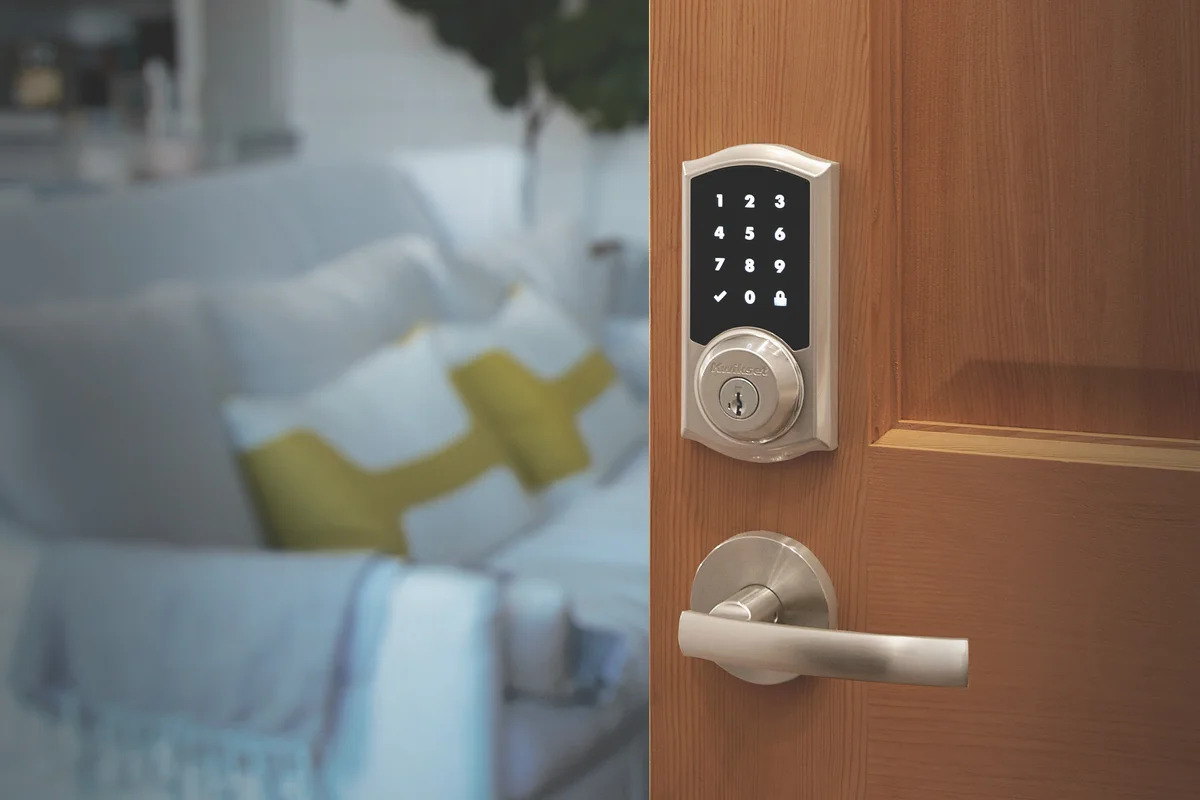
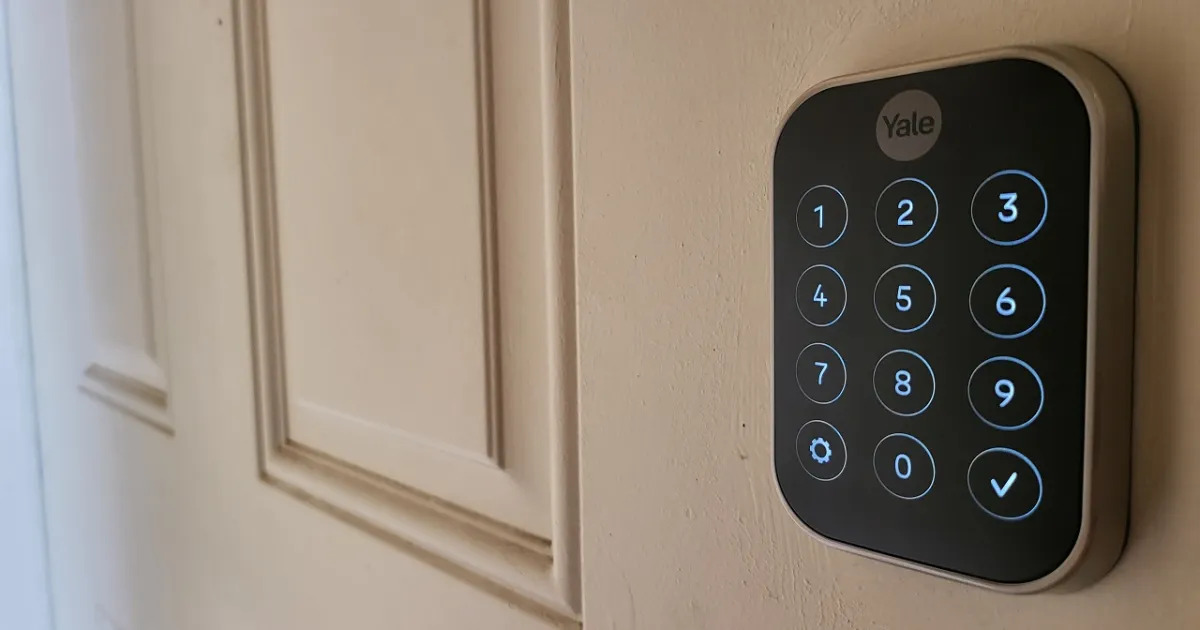
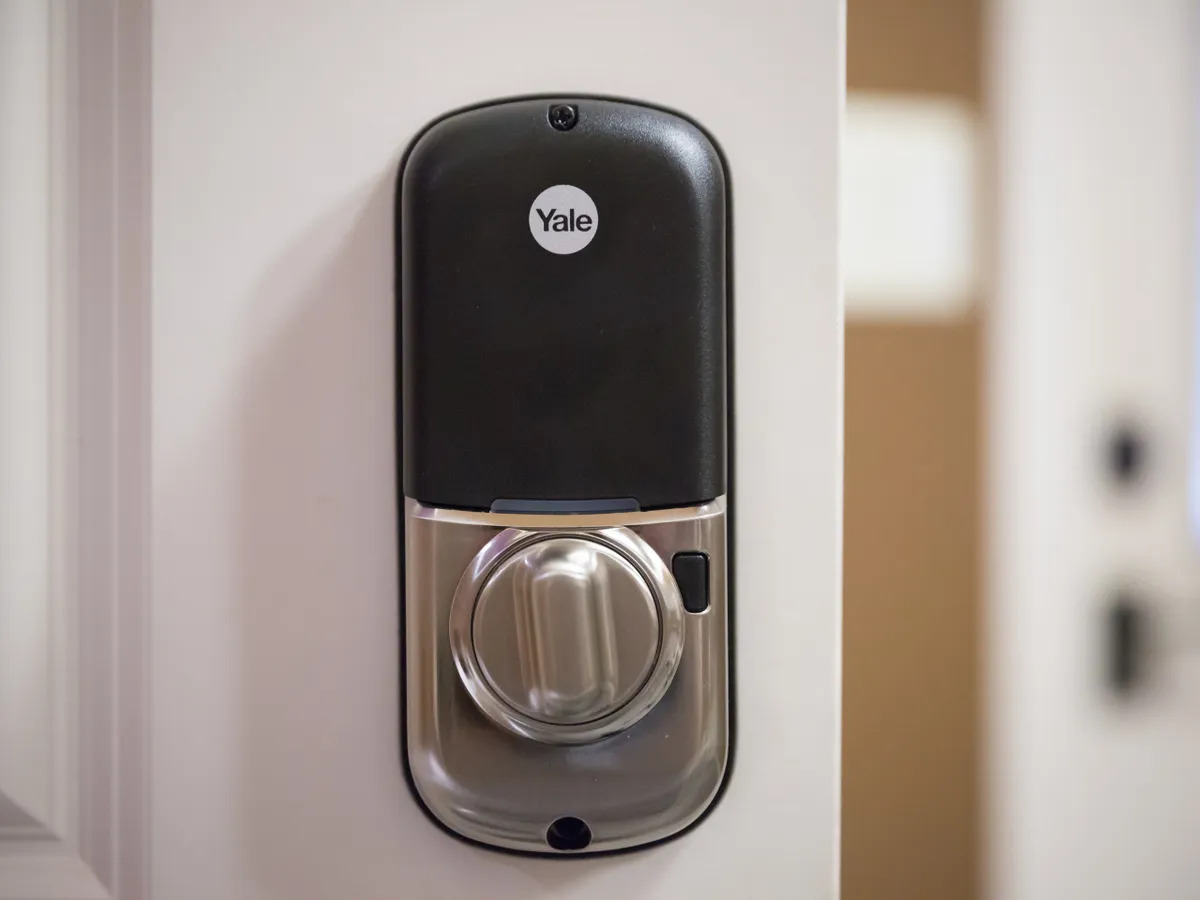
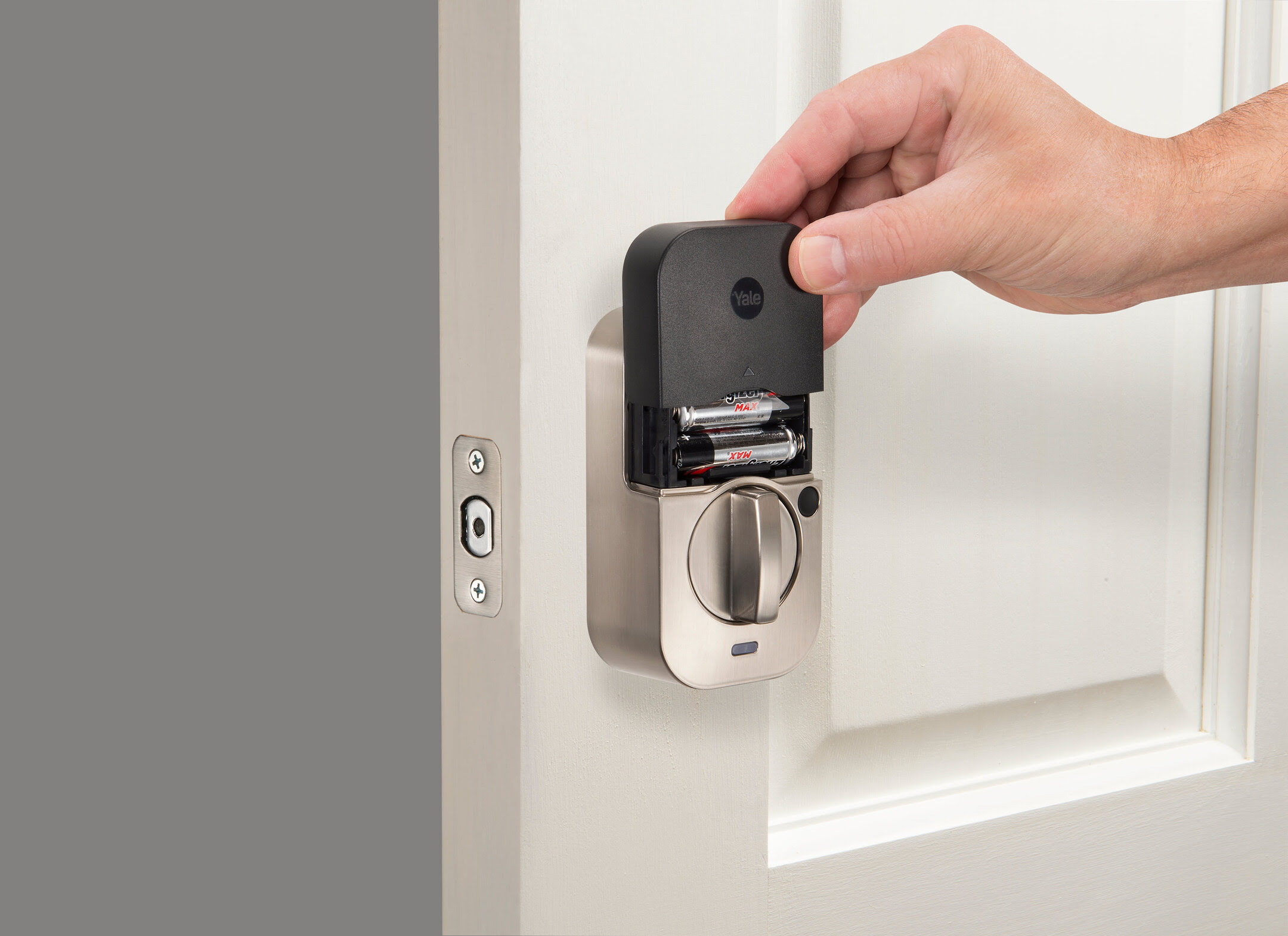
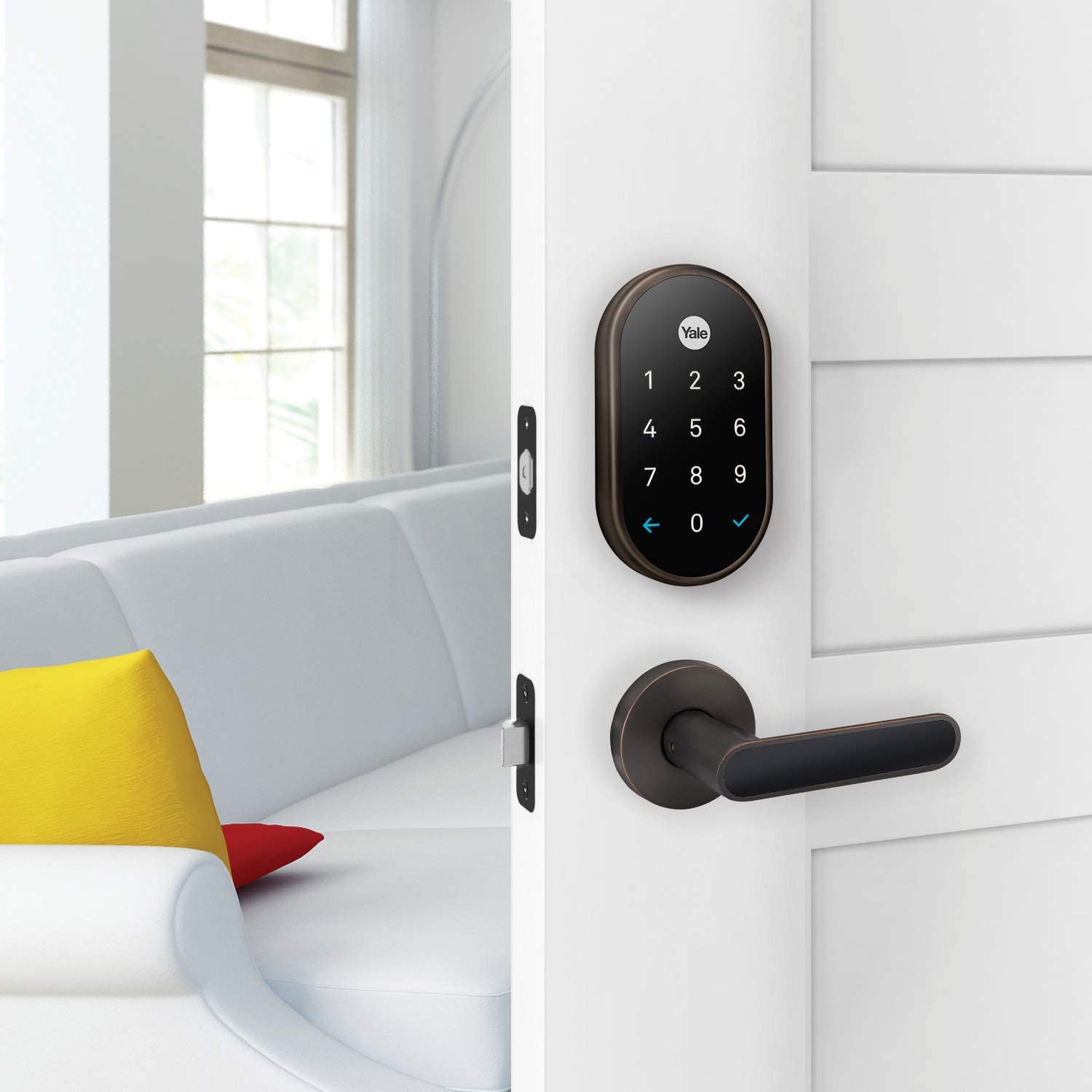
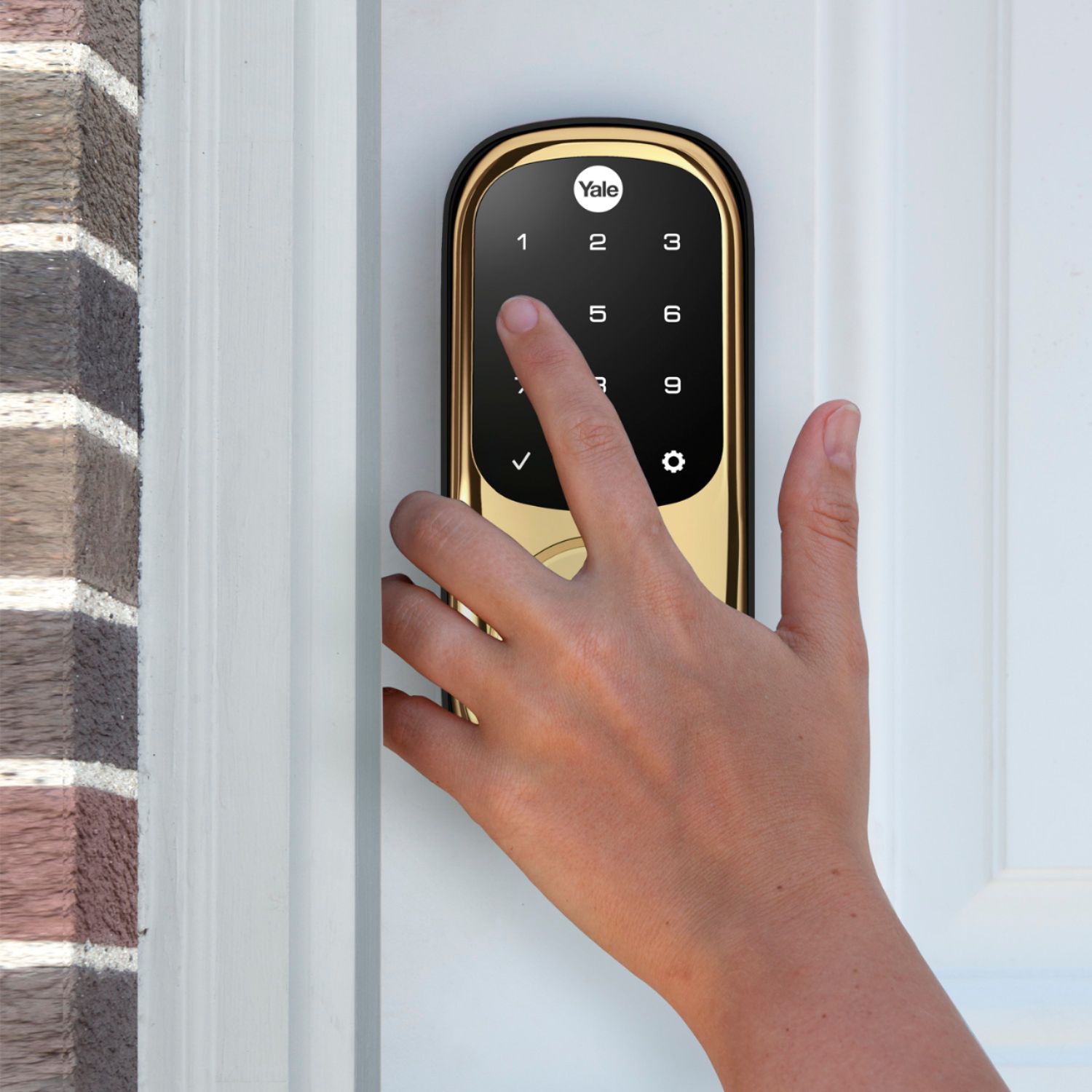
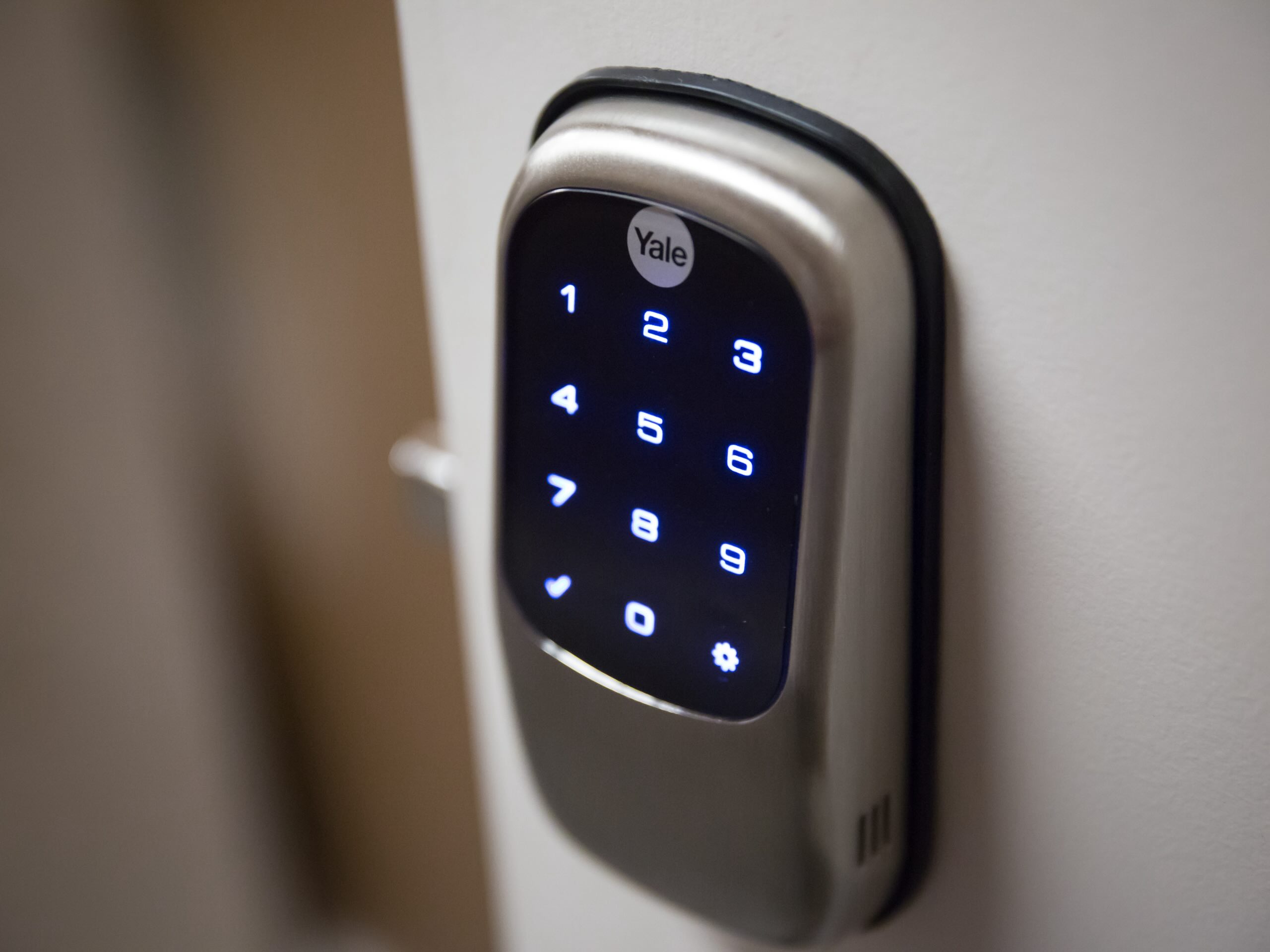
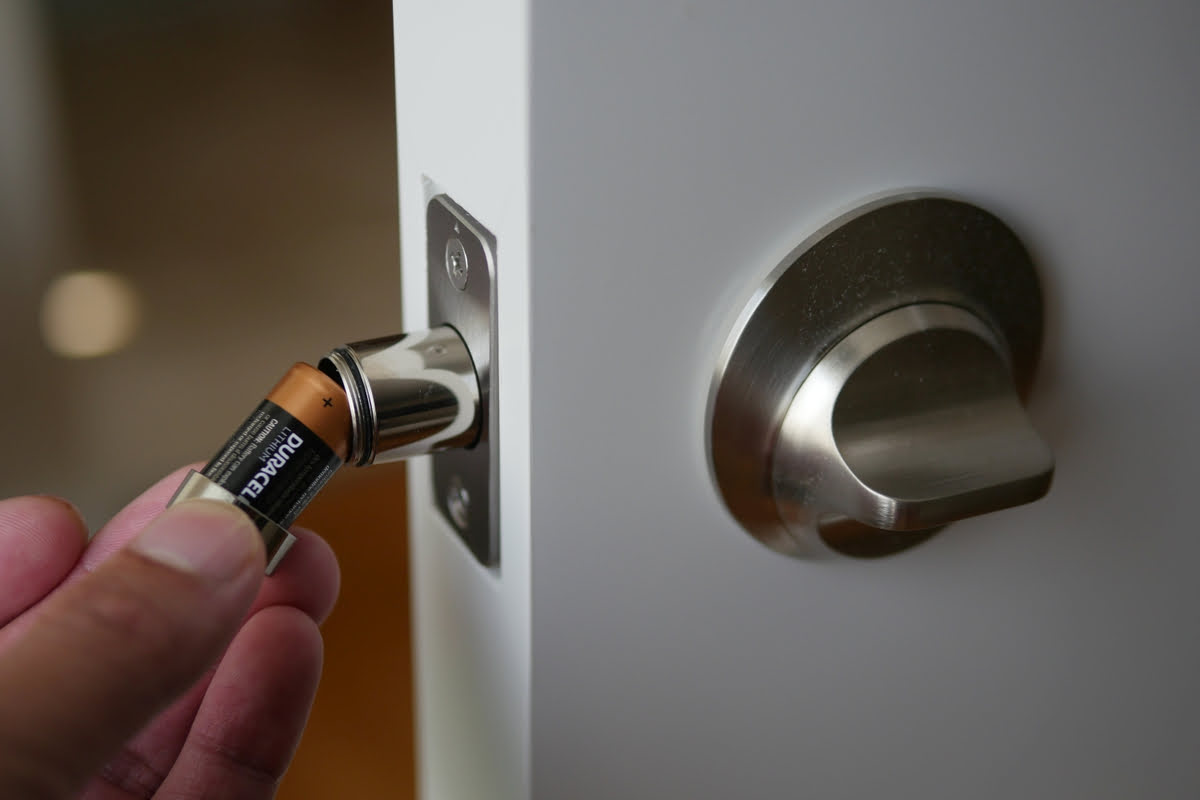
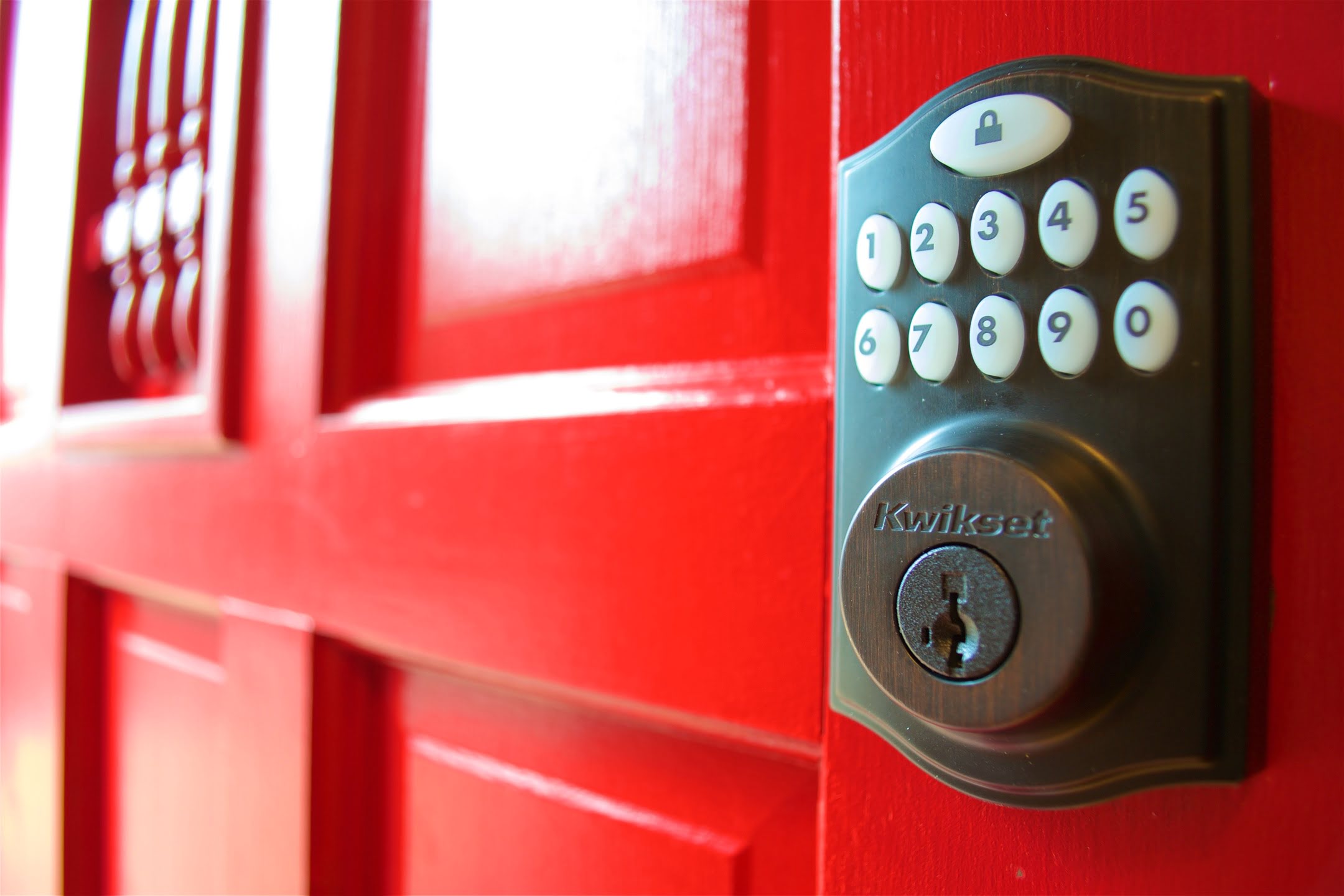
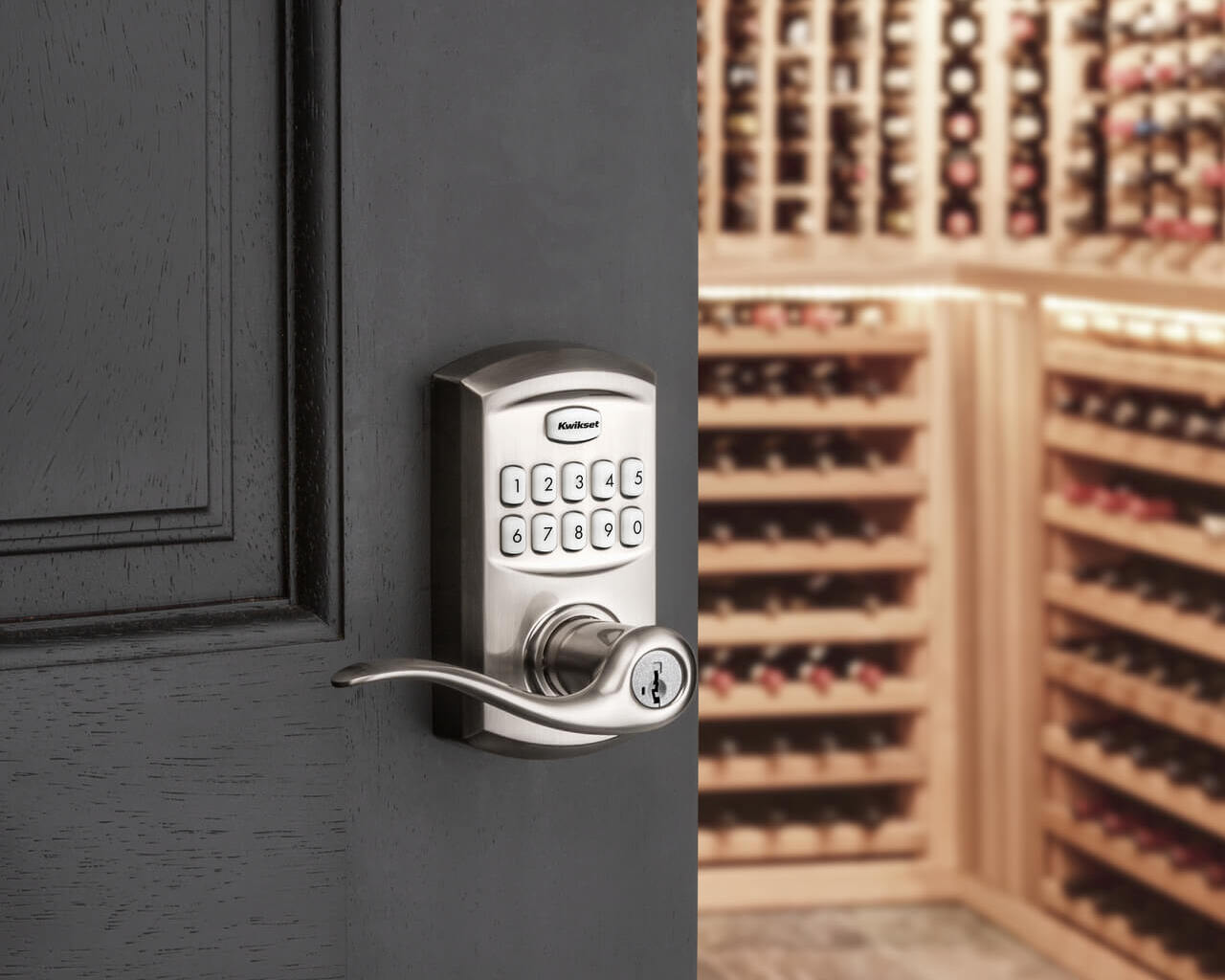
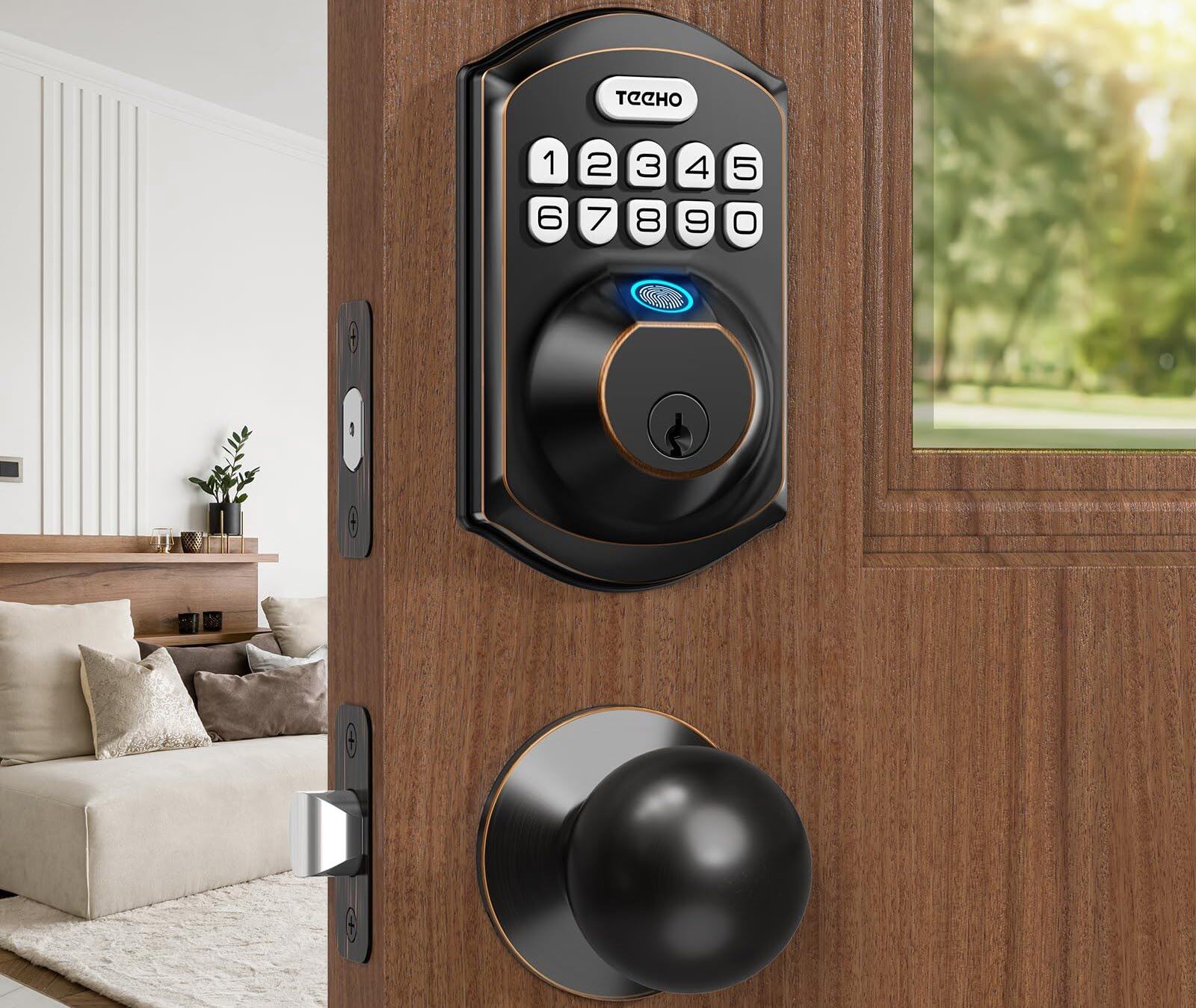

0 thoughts on “How To Change Code On Yale Smart Lock”